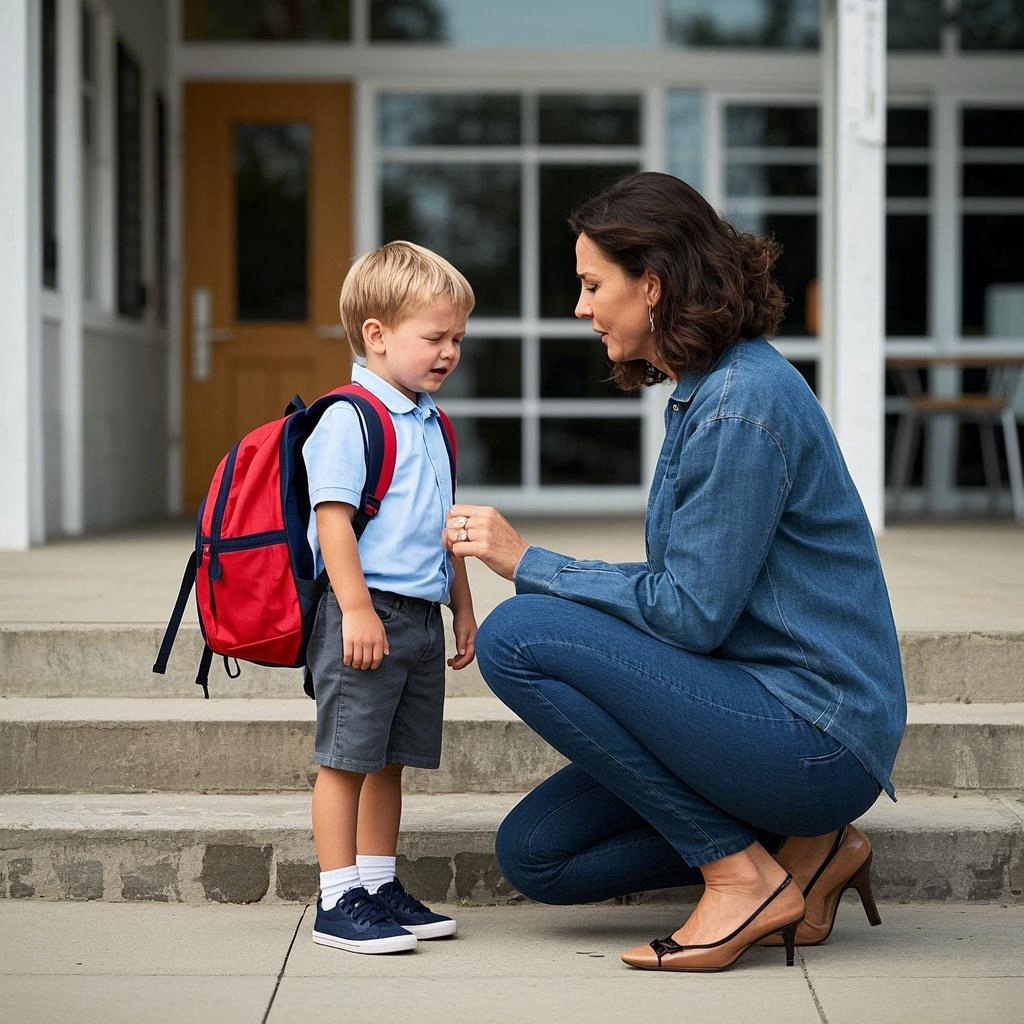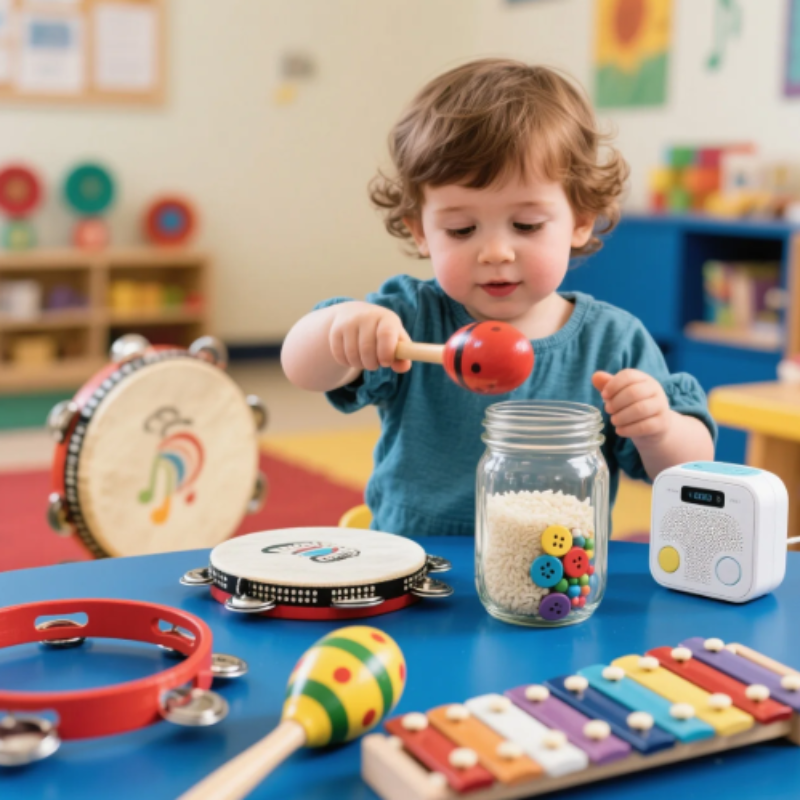Introduction
Smartphones, laptops, and streaming boxes rarely power down in twenty-first-century households, and by middle school many children already rely on them to complete homework, socialize, and relax. No wonder parents ask, “When should I loosen the reins?” The answer is less about a magic birthday and more about a child’s readiness to self-regulate, the family’s media habits, and the shifting guidance offered by pediatric organizations. Current recommendations from the American Academy of Pediatrics (AAP) and the World Health Organization (WHO) emphasize quality, context, and co-viewing rather than a universal hourly quota, encouraging parents to move from rigid limits toward collaborative decision-making as kids mature. This article maps out developmental milestones, warning signs, and practical steps so you can decide when—and how—to hand over the remote.
1. Why “Control” Is Not an On/Off Switch
Early guidance treated screen time like sugar: portion it out, hide the stash, and hope kids forget about it. Today’s experts argue that a stopwatch alone is blunt and outdated. The AAP’s most recent advisory (updated again in 2025) notes that evidence does not support a single “safe” number of hours for all children; instead, families should weigh content quality, screen-free routines (mealtimes, bedtime), and caregiver involvement. Similarly, a reflective essay in TIME likens old-school minute counting to calorie tracking—useful for awareness but blind to nutrition and context. Translating that research into everyday practice means gauging not just how long kids stare at a device, but what they watch, when they watch it, and why the activity matters (education, creativity, social connection, or mere distraction).
2. Developmental Landmarks That Shape Screen Autonomy

| Age Band | Typical Cognitive & Social Skills | Recommended Parental Role |
|---|---|---|
| 0–5 Years | Rapid language growth; symbolic play; limited impulse control. | Avoid screens under 18 months (video-chat excepted); co-view high-quality shows ≤ 1 hr/day; narrate and interact during viewing. |
| 6–9 Years | Reading fluency emerges; beginning logical reasoning; still concrete thinkers. | Introduce simple house rules—homework first, no screens in bedrooms. Use parental-control apps as training wheels. |
| 10–12 Years | Developing metacognition; value peer approval; better grasp of cause and effect. | Shift from commands to collaborative planning; let them help draft a “family tech charter.” |
| 13–15 Years | Abstract reasoning strengthens; risk-taking peaks; identity formation online. | Replace blanket limits with negotiated goals (e.g., two homework blocks before gaming). Keep safety nets: bedtime shut-offs, app-store permissions. |
| 16–18 Years | Near-adult cognition but uneven emotion regulation; preparing for independence. | Parents move into coach mode: spot-check screen-time reports, discuss digital footprints, intervene only when red flags appear (grades, sleep debt, cyberbullying). |
3. The Sweet Spot for Transition: Middle-School Years (12–14)
Most specialists agree that early adolescence is the turning point. By seventh grade, students juggle group projects in Google Docs, message classmates, and stream tutorials to master algebra proofs. At the same time, executive-function skills—planning, delaying gratification, evaluating risk—are still under construction. Research by Common Sense Media shows that tweens who co-create media plans with parents are likelier to self-limit leisure screen use and report better sleep. Translating theory to practice might look like letting a 13-year-old set her own evening phone cutoff—then reviewing device analytics together to see if she hit the goal. Progress beats perfection; the objective is to teach metacognitive self-monitoring, not to police every swipe.

4. Teaching Digital Literacy and Self-Regulation
Handing over the power button without arming kids with literacy is like sending them onto a freeway blindfolded. Start with content analysis: Is that influencer selling a lifestyle or selling a product? Next, model time-boxing (e.g., 90-minute study sprint, 10-minute stretch, 20-minute gaming reward). Many schools adopt “Pomodoro” or Focus modes—mirroring them at home reinforces habits. Discuss dopamine loops behind endless scrolling so teens see why a single meme search morphs into an hour. Finally, encourage “digital fasts”: entire Sundays offline or device-free camping trips so they experience the contrast between constant pinging and deep presence.

5. Safety Nets That Stay in Place
Even once teenagers manage daily limits, parents still provide structural guardrails:
- Bedtime Wi-Fi shut-off keeps circadian rhythms intact. Chronic sleep loss links to anxiety, depression, and obesity.
- Device-free zones—dining table, bathrooms, behind the wheel—maintain social bonds and safety.
- Shared passwords or emergency access apps ensure caregivers can step in when cyberbullying or predatory contact surfaces.
- Quarterly “privacy audits.” Sit together, review social-media settings, and prune follower lists.
These nets fade slowly rather than disappearing overnight, mirroring how teens graduate from riding a bike on the driveway to navigating city traffic.
6. Warning Signs That Hands-On Guidance Is Still Needed
Parents might plan to step back at 14 but find themselves re-engaging when:
- Grades tumble or assignments go missing because streaming eclipsed study time.
- Mood swings trace directly to online interactions—flaming group chats, TikTok comparison spirals.
- Sleep falls below eight hours thanks to late-night scrolling.
- Risky behaviors emerge: secret accounts, sexting, or deceptive location sharing.
In these cases, restoring firmer limits is not failure; it’s responsive parenting. Pediatricians liken it to adjusting curfew when a teen breaks ground rules—natural consequences teach accountability.
7. A Practical Timeline for Gradual Release of Control
- Age 8 – Introduce a simple, two-rule “tech charter”: screens after chores; zero devices at the table.
- Age 10 – Give your child a say in weekend screen quotas. Pilot a joint spreadsheet or screen-time app to track usage.
- Age 12 – Transfer weekday monitoring: they propose a schedule; you approve. Test built-in focus modes instead of external blockers.
- Age 14 – Remove automatic locks but require a weekly discussion of device analytics—treat data like a fitness tracker.
- Age 16 – Convert limits into guidelines. Ask reflective questions (“How did that four-hour gaming session affect your sleep?”) instead of issuing commands.
- Age 18 – Shift to advisory role: review digital reputation, discuss distraction in college, and revisit family tech values before launch day.
Conclusion
Parents never fully clock out of digital mentorship, but they do evolve from referees to coaches. Most families find that somewhere in the early-to-mid-teen years—often around grades seven to nine—is the natural moment to ease direct control and invite teens to steer. The hand-off works best when it is gradual, collaborative, and anchored in skills: critical thinking, self-observation, and respect for shared spaces. Keep open conversations alive, hold onto a few structural guardrails, and remember that autonomy is not the absence of guidance but the presence of informed, confident choices. Done well, screen time becomes another arena where young people learn to balance freedom with responsibility—preparing them not just for college Wi-Fi, but for life in an always-connected world.





